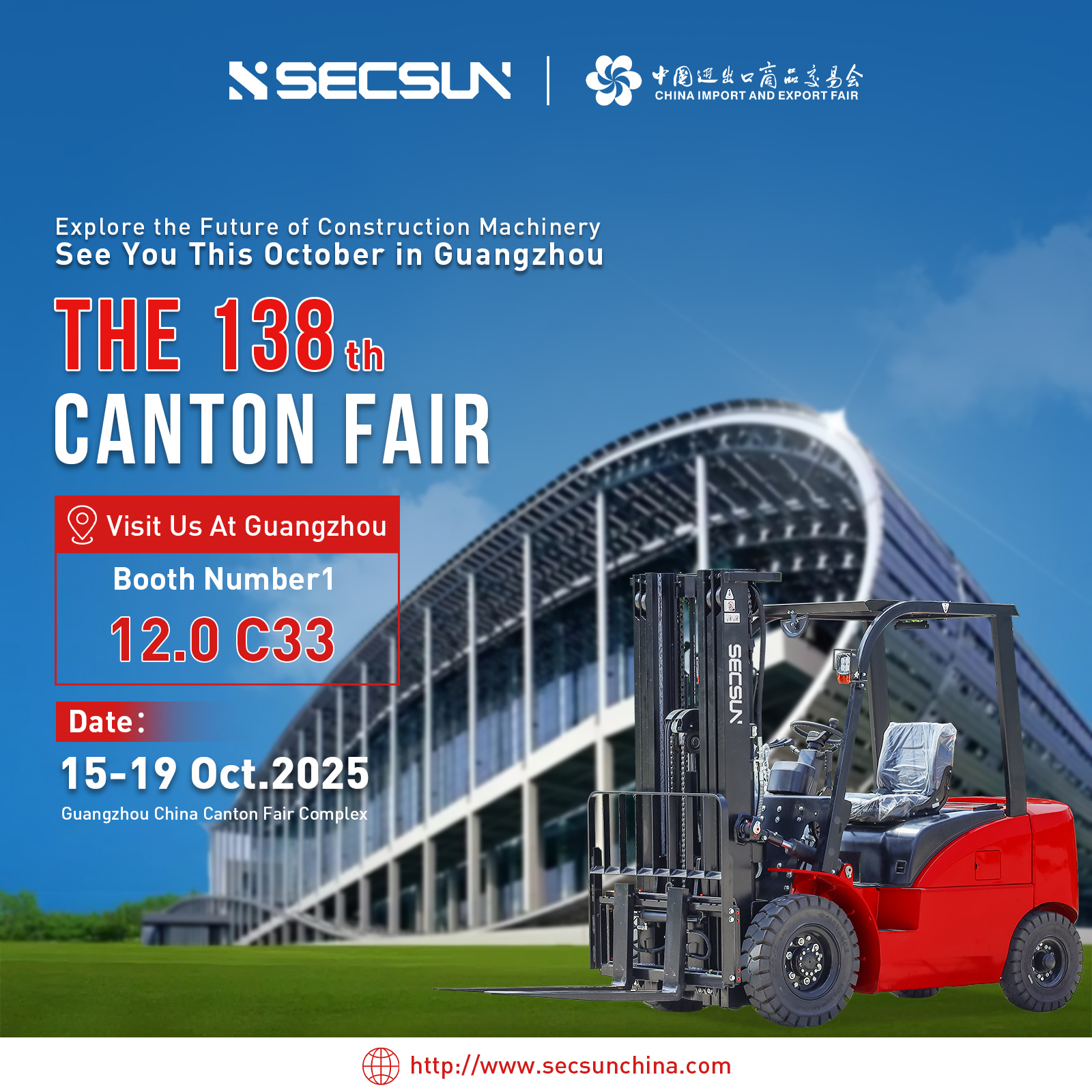Choosing forklift tires isn’t about specs—it’s about matching your real workplace. Get it wrong, and you risk accidents, broken floors, or costly downtime. Here’s how to choose wisely:
Start With Your Floor & Workspace
1、Smooth indoor concrete? → Solid rubber tires
Why: Quiet, won’t mark floors, last longer.
SECSUN Tip: Like sneakers on a basketball court—firm grip, no slips.
2、Outdoor/rough ground? → Pneumatic (air-filled) tires
Why: Soaks up bumps, grips dirt/gravel.
Watch for: Avoid if you handle sharp debris (nails, scrap metal).
3、Cold storage (-25°C)? → Special cold-resistant tires
Why: Stays flexible (normal tires turn stiff as ice!).
4、Wet/oily floors? → Non-slip tread tires
Why: Prevents skidding. Test: Spill water—good tires won’t hydroplane.
Match Tires to Your Loads
1、Heavy loads (3+ tons)?
Use reinforced tires (look for "HD" or "high-load" labels).
Never use worn tires—overloading causes 30% of tip-overs.
2、Light loads, mostly indoors?
Standard solid tires save money.
3、Shifting uneven loads (e.g., lumber)?
Wide-base tires = extra stability.
Don’t Forget These Hidden Factors
Tire Width → Wider tires = better stability on ramps.
Heat Resistance → If your forklift runs 8+ hours/day, ask for "high-temp" tires.
Spare Tires → Keep one (mismatched tires wear unevenly).
SECSUN’s Pro Advice
"Check tires monthly: Cracks, flat spots, or 50% tread wear? Replace IMMEDIATELY. A $200 tire change beats a $20,000 accident."
 5 Key Factors to Consider When Buying a Skid Steer Loader
5 Key Factors to Consider When Buying a Skid Steer Loader
 SECSUN Concludes a Successful Participation at the 138th Canton Fair: Forging Global Partnerships and Showcasing Machinery Excellence
SECSUN Concludes a Successful Participation at the 138th Canton Fair: Forging Global Partnerships and Showcasing Machinery Excellence
 SECSUN Launches 18 Ton Wheel Excavator: A Powerhouse of Versatility and Efficiency
SECSUN Launches 18 Ton Wheel Excavator: A Powerhouse of Versatility and Efficiency
 SECSUN Gears Up for the 138th Canton Fair: Unveiling Next-Gen Machinery Innovations
SECSUN Gears Up for the 138th Canton Fair: Unveiling Next-Gen Machinery Innovations